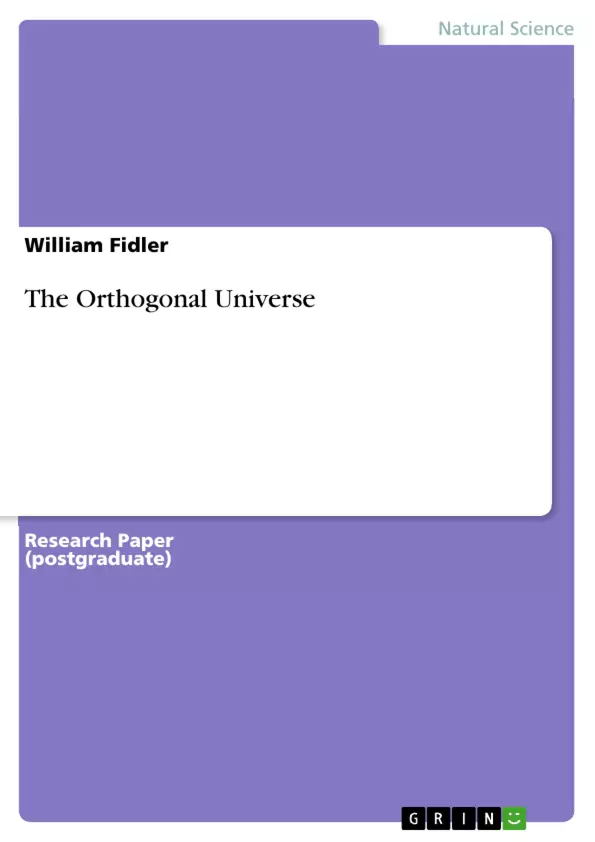The model required that one of the sets of oscillators have positive energy, whilst the other, negative energy. There was never a requirement that the origin/location of the energies be explained; this work seeks to address this.
The analysis proceeds from the Time-independent Schrödinger equation for a simple quantum harmonic oscillator and shows that the positive energy resides in real space, whilst the negative energy resides in imaginary space.
It is considered that the work has relevance to super-luminal travel employing deformation of space as typified by the Alcubierre drive. It is calculated that the current vacuum energies of the universe (with their appropriate algebraic sign) are of the order of 10^72 J.
Inhaltsverzeichnis (Table of Contents)
- Introduction
- The analysis
- Discussion
- References
Zielsetzung und Themenschwerpunkte (Objectives and Key Themes)
The work aims to provide an explanation for the co-existence of positive and negative energy in the universe, which is modeled as a large set of frequency-quantised, simple quantum harmonic oscillators. This model seeks to explain the observed acceleration of the universe, as well as other significant events in its history, such as the formation of dark matter and the cosmic jerk.
- Co-existence of positive and negative energy
- Modeling the universe with quantum harmonic oscillators
- Explanation of the observed acceleration of the universe
- The nature of dark matter and the cosmic jerk
- The relationship between real and imaginary space
Zusammenfassung der Kapitel (Chapter Summaries)
- Introduction: This chapter introduces the concept of a universe modeled as a set of frequency-quantised, simple quantum harmonic oscillators and discusses the need to explain the co-existence of positive and negative energy in this model.
- The analysis: This chapter provides a detailed analysis using the Time-independent Schrödinger equation, showing how the transformation of elements of the Hamiltonian operator to imaginary space results in a negative energy state.
Schlüsselwörter (Keywords)
The main keywords and focus topics of this work include: quantum harmonic oscillators, positive and negative energy, vacuum energy, imaginary space, orthogonal universe, super-luminal travel, Alcubierre drive.
- Arbeit zitieren
- William Fidler (Autor:in), 2020, The Orthogonal Universe, München, GRIN Verlag, https://www.hausarbeiten.de/document/904068


